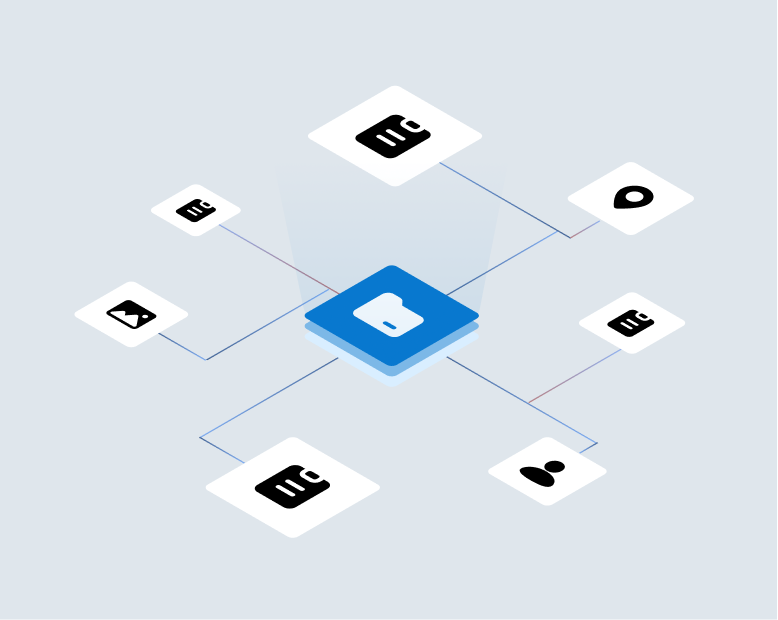With a potentially devastating hurricane season on the horizon, homeowners insurance carriers must prepare for the possibility of a worse than average season. The Weather Channel outlines the prediction – Colorado State University’s initial outlook forecasts a significantly above-average season with 23 named storms, 11 hurricanes, and 5 reaching Category 3 or above. This is likely due to warmer-than-normal Atlantic waters and an expected shift from El Niño to La Niña.
Implications for Insurance Carriers This active forecast demands strategic action from carriers. Here’s how to prepare:
- Reassess Risk and Coverage: Thoroughly review and update risk assessment mechanisms and apply against the latest climate projections. This ensures accurate predictions of how changing storm patterns and intensity might impact different geographic areas. Additionally, reevaluate the adequacy of existing policies, ensuring deductibles and coverage limits reflect the risks they insure, that potential increased repair and rebuilding costs are accounted for, and that overly risky applicants and renewals are identified. This helps to safeguard the carrier and improves customer sentiment.
- Stress Test Portfolios: Conduct simulations to assess the financial impact of worst-case storm scenarios. This will expose vulnerabilities and ensure carriers have the reserve and infrastructure capacity to handle large-scale CAT events.
- Educate Homeowners: Collaborate with policyholders, promoting hurricane preparedness planning and encouraging investments in preventative storm-proofing for their homes.
- Managing High Volume of Claims Implement efficient claims management systems to cope with a potential surge in post-storm claims. Proactive, pre-loss data about risk will be invaluable. Triage claim intake, assigning appropriate staff (ideally inside/virtually) based on complexity to maximize efficiency and customer satisfaction.
Focus on Pre-Loss Risk Discovery The concept of risk discovery, is a topic we love to talk about, and is central to proactive hurricane preparedness. By understanding the specific hazards threatening a property before a storm, both homeowners and carriers can mitigate potential losses. Here are key areas to focus on:
- Roof Integrity: The roof is often the most vulnerable part of a home during a tropical storm. Remote roof inspections (using drones, satellite images, or homeowner-collected data) can reveal missing shingles, prior damage, or signs of wear, prompting repairs to prevent devastating water intrusion.
- Windows and Elevations: Customer tools like idFetchTM can help homeowners document signs of deterioration in window frames and seals, as well as risks posed by a home’s elevation. This information can lead to proactive upgrades like storm shutters or impact-resistant windows.
- Water Leaks and Wind-driven Rain: The same self-service documentation that reveals roof issues can often highlight clogged gutters and potential water intrusion points. Identifying these hazards pre-storm empowers homeowners to make repairs and mitigate damage.
- Trees and Loose Exterior Objects: Satellite imagery, street view solutions, and customer captured images can help insurers identify tree risks or potential wind-borne debris. Targeted communications can then guide homeowners toward tree maintenance or removal of unsecured yard items.
- Structural Vulnerabilities: Carriers can offer guidance or resources to homeowners based on specific home construction types. This can lead to the addition of hurricane straps, roof-to-wall reinforcements, or the use of impact-resistant materials for greater storm resilience.
Better Risk Discovery, Better Outcomes By promoting thorough risk discovery, insurers empower homeowners to take proactive steps that lessen damage potential. Additionally, by identifying the most severe unmitigated risks, carriers can make informed decisions about their risk portfolio. This focus on proactive assessment reveals homeowner attitudes towards risk mitigation, which can be a valuable signal in determining potential policyholders. Understanding a home’s vulnerabilities before disaster strikes is vital. The 2024 hurricane season could bring significant financial challenges. By taking proactive steps in risk management and claim handling, homeowners’ insurance carriers can better protect themselves and their customers against potential losses.


